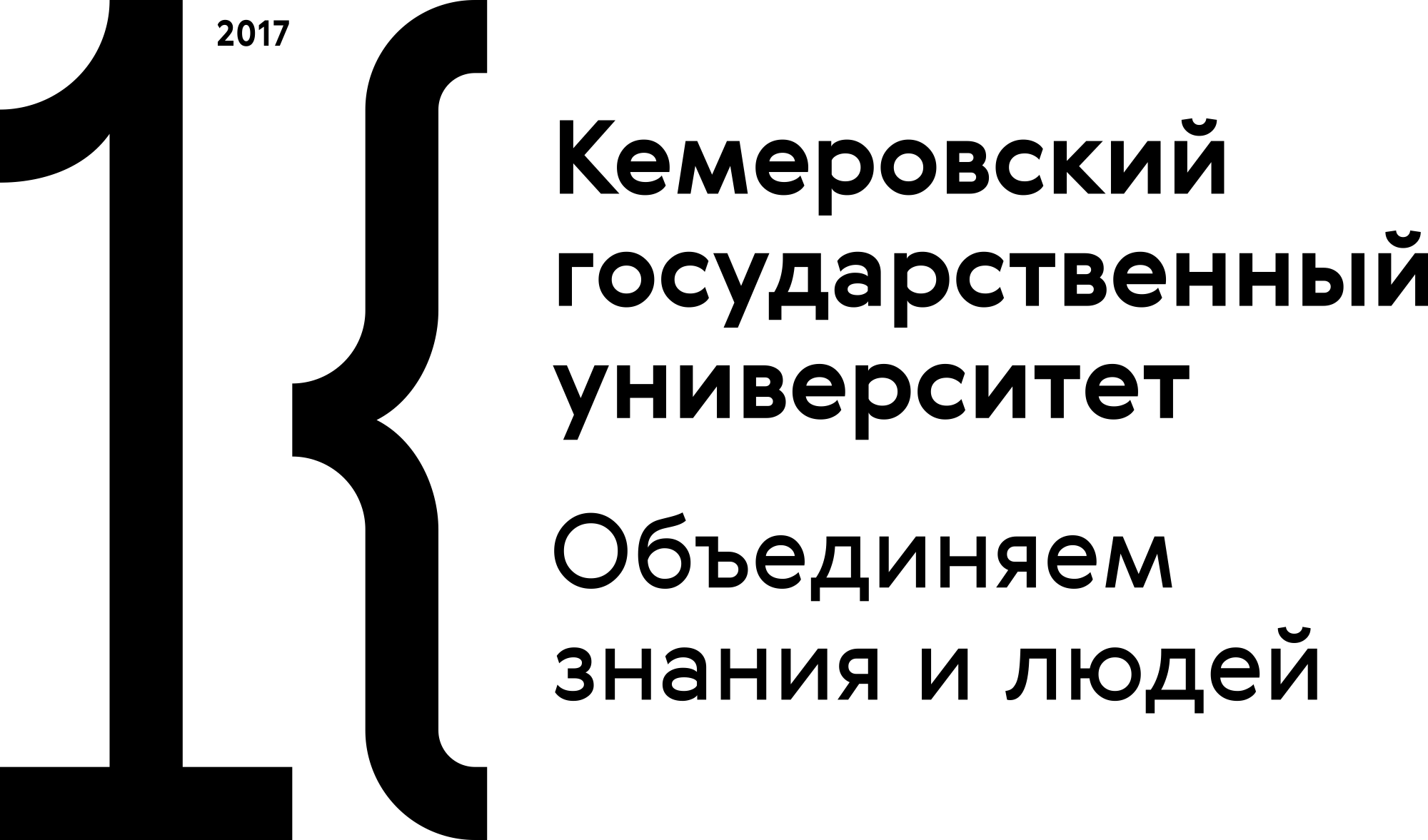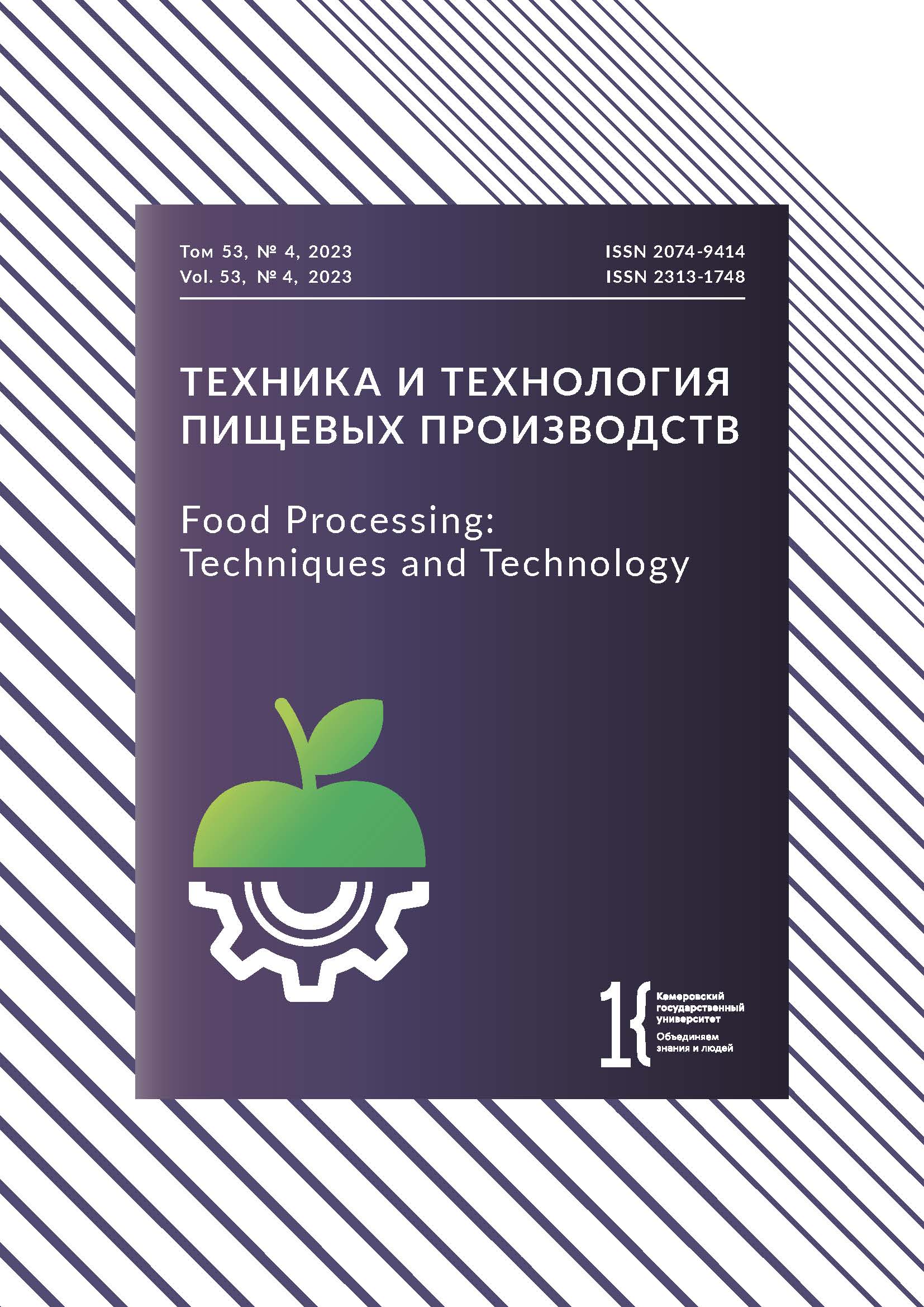Voronezh, Russian Federation
Voronezh, Russian Federation
Voronezh, Russian Federation
Voronezh, Russian Federation
Micellar casein concentrate is a promising fractionation agent in skimmed milk production. It preserves the native structure of protein and changes the ratio of casein and whey proteins. Micellar casein concentrate reduces the consumption of raw materials, which makes it a promising component of milk-intensive protein foods. The research objective was to study the effect of micellar casein concentrate on rennin coagulation, cl ot dehydration, and cheese ripening. The study featured skimmed milk, micellar casein concentrate, normalized mixes, and cheese samples of the Rossiiskii brand. The chemical composition and properties were studied by standar d methods. The optimal ratio of casein and whey proteins was 95:5. It reduced the initial gelation time, facilitated casein micelles destabilization and subsequent flocculation, accelerated syneresis, and improved clot stability. The high protein mass content made it possible to halve the stirring and boiling time, as well as to increase the yield of the finished product by 15%. In the experimental cheese, the starter cultures growth had a longer lag phase while the exponential phase started on ripening day 30. The experimental sample also demonstrated a better starter microflora survival on day 60, which resulted in a better amino acid composition of the finished product. In this research, micellar casein concentrate was able to affect rennet coagulation, clot dehydration, and ripening. Its application in the standard technology for the Rossiiskii cheese required the following adjustments: a longer starter activation, starter cultures with high proteolytic activity and ability to hydrolyze bitter peptides, extra rennet, a two-fold reduction of second heating and stirring, and at least 45 days or ripening.
Milk, microfiltration, proteins, ability to rennin coagulation, cheese, proteolysis, hardness, cohesiveness, springiness, yield
1. Tepel A. Chemistry and physics of milk. St. Petersburg: Professiya; 2012. 831 p. (In Russ.).
2. Meena GS, Singh AK, Panjagari NR, Arora S. Milk protein concentrates: opportunities and challenges. Journal of Food Science and Technology. 2017;54(10):3010-3024. https://doi.org/10.1007/s13197-017-2796-0
3. Ryazantseva KA, Agarkova EYu, Fedotova OB. Continuous hydrolysis of milk proteins in membrane reactors of various configurations. Foods and Raw Materials. 2021;9(2):271-281. https://doi.org/10.21603/2308-4057-2021-2-271-281
4. Amelia I, Barbano DM. Production of an 18% protein liquid micellar casein concentrate with a long refrigerated shelf life. Journal of Dairy Science. 2013;96(5):3340-3349. https://doi.org/10.3168/jds.2012-6033
5. Hammam ARA, Martínez-Monteagudo SI, Metzger LE. Progress in micellar casein concentrate: Production and applications. Comprehensive Reviews in Food Science and Food Safety. 2021;20(5):4426-4449. https://doi.org/10.1111/1541-4337.12795
6. Hammam ARA, Beckman SL, Metzger LE. Production and storage stability of concentrated micellar casein. Journal of Dairy Science. 2022;105(2):1084-1098. https://doi.org/10.3168/jds.2021-21200
7. Melnikova EI, Stanislavskaya EB, Bogdanova EV, Shabalova ED. Micellar casein production and application in dairy protein industry. Food Processing: Techniques and Technology. 2022;52(3):592-601. (In Russ.). https://doi. org/10.21603/2074-9414-2022-3-2389
8. Sauer A, Moraru CI. Heat stability of micellar casein concentrates as affected by temperature and pH. Journal of Dairy Science. 2012;95(11):6339-6350. https://doi.org/10.3168/jds.2012-5706
9. Hurt E, Zulewska J, Newbold M, Barbano DM. Micellar casein concentrate production with a 3X, 3-stage, uniform transmembrane pressure ceramic membrane process at 50°C. Journal of Dairy Science. 2010;93(12):5588-5600. https://doi.org/10.3168/jds.2010-3169
10. Beliciu CM, Moraru CI. The effect of protein concentration and heat treatment temperature on micellar casein-soy protein mixtures. Food Hydrocolloids. 2011;25(6):1448-1460. https://doi.org/10.1016/j.foodhyd.2011.01.011
11. de Kort E, Minor M, Snoeren T, van Hooijdonk T, van der Linden E. Effect of calcium chelators on physical changes in casein micelles in concentrated micellar casein solutions. International Dairy Journal. 2011;21(12):907-913. https://doi.org/10.1016/j.idairyj.2011.06.007
12. Lu Y, McMahon DJ, Vollmer AH. Investigating cold gelation properties of recombined highly concentrated micellar casein concentrate and cream for use in cheese making. Journal of Dairy Science. 2016;99(7):5132-5143. https://doi.org/10.3168/jds.2015-10791
13. Lu Y, McMahon DJ, Vollmer AH. Investigating rennet coagulation properties of recombined highly concentrated micellar casein concentrate and cream for use in cheese making. Journal of Dairy Science. 2017;100(2):892-900. https://doi.org/10.3168/jds.2016-11648
14. Cadesky L, Walkling-Ribeiro M, Kriner KT, Karwe MV, Moraru CI. Structural changes induced by high-pressure processing in micellar casein and milk protein concentrates. Journal of Dairy Science. 2017;100(9):7055-7070. https://doi.org/10.3168/jds.2016-12072
15. Hammam ARA, Metzger LE. Manufacture of culture-based acid curd using micellar casein concentrate. Journal of Dairy Science. 2020;103(S1):130-131.
16. Prikhodko DV, Krasnoshtanova AA. Using casein and gluten protein fractions to obtain functional ingredients. Foods and Raw Materials. 2023;11(2):223-231. https://doi.org/10.21603/2308-4057-2023-2-569
17. Hammam ARA, Beckman SL, Sunkesula V, Metzger LE. Highly concentrated micellar casein: Impact of its storage stability on the functional characteristics of process cheese products. LWT. 2022;161. https://doi.org/10.1016/j.lwt.2022.113384
18. Hammam ARA, Kapoor R, Salunke P, Metzger LE. Compositional and functional characteristics of Feta-type cheese made from micellar casein concentrate. Foods. 2022;11(1). https://doi.org/10.3390/foods11010024
19. Hammam ARA, Kapoor R, Metzger LE. Manufacture of process cheese products without emulsifying salts using acid curd and micellar casein concentrate. Journal of Dairy Science. 2022;106(1):117-131. https://doi.org/10.3168/jds.2022-22379
20. Salunke P, Metzger LE. Functional characteristics of process cheese product as affected by milk protein concentrate and micellar casein concentrate at different usage levels. International Dairy Journal. 2022;128. https://doi.org/10.1016/j.idairyj.2022.105324
21. Salunke P, Marella C, Amamcharla JK, Muthukumarappan K, Metzger LE. Use of micellar casein concentrate and milk protein concentrate treated with transglutaminase in imitation cheese products - Unmelted texture. Journal of Dairy Science. 2022;105(10):7891-7903. https://doi.org/10.3168/jds.2022-21852
22. Marchesseau S, Gastaldi E, Lagaude A, Cuq J-L. Influence of pH on protein interactions and microstructure of process cheese. Journal of Dairy Science. 1997;80(8):1483-1489. https://doi.org/10.3168/jds.S0022-0302(97)76076-4
23. Li B, Waldron DS, Tobin JT, Subhir S, Kelly AL, McSweeney PLH. Evaluation of production of Cheddar cheese from micellar casein concentrate. International Dairy Journal. 2020;107. https://doi.org/10.1016/j.idairyj.2020.104711
24. Dilanyan ZKh. Cheesemaking, 3d edition. Moscow: Legkaya i pishchevaya promyshlennostʹ; 1984. 280 p. (In Russ.).
25. Kuznetsov VV, Shiler GG. Dairy production guidelines. Technology and formulations. Vol. 3. Cheese. St. Petersburg: GIORD; 2003. 512 p. (In Russ.).
26. Leroy F, de Vuyst L. Lactic acid bacteria as functional starter cultures for the food fermentation industry. Trends in Food Science and Technology. 2004;15(2):67-78. https://doi.org/10.1016/j.tifs.2003.09.004
27. Umansky MS, Liskova EA. Influence of milk baking modes, clotting enzyme concentration and bacterial ferment doze on clotting rate. Modern High Technologies. 2005;(10):91-92. (In Russ.). https://www.elibrary.ru/JSEQHF
28. Illarionova EE, Kruchinin AG, Turovskaya SN, Bigaeva AV. Methods of assessing milk proteins coagulation as a part of the forecasting system of technological properties. Food Processing: Techniques and Technology. 2021;51(3):503-519. (In Russ.). https://doi.org/10.21603/2074-9414-2021-3-503-519
29. Lepilkina OV, Lepilkina ON, Loginova IV. Eyes in cheese: Reasons for formation and methods of assessment. Food Systems. 2021;4(3):180-189. (In Russ.). https://doi.org/10.21323/2618-9771-2021-4-3-180-189
30. Ivanova I, Ivanova M, Ivanov G, Bilgucu E. Effect of somatic cells count in cow milk on the formation of biogenic amines in cheese. Journal of Food Science and Technology. 2021;58(9):3409-3416. https://doi.org/10.1007/s13197-020-04935-z
31. Ivanova M, Markova A, Ivanov G. Physicochemical, microbiological and sensory characteristics of cow's milk Kashkaval cheese ripened at different temperatures. Food Research. 2021;5(2):308-313.












